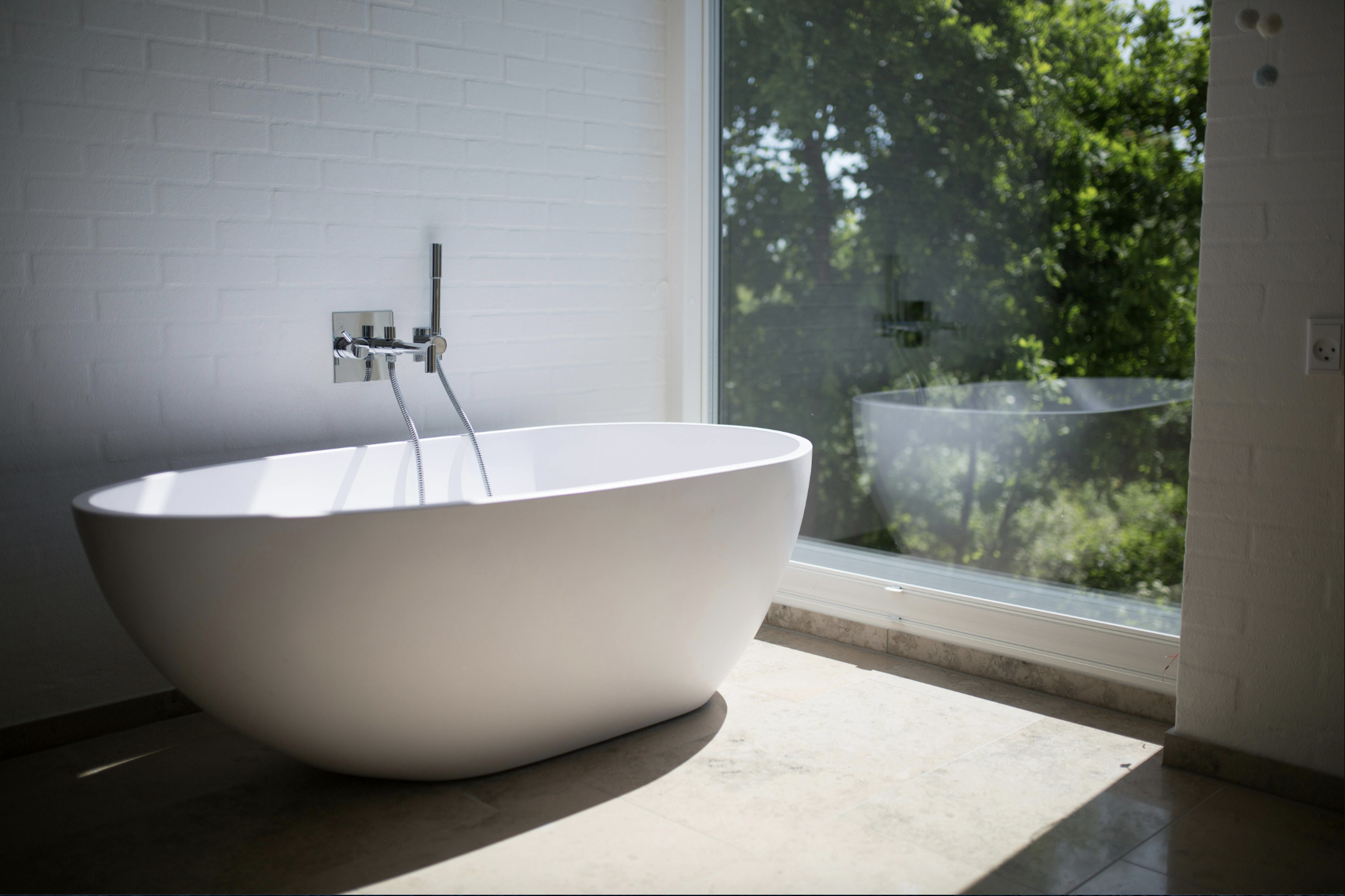You want a bathroom that’s easy to move through, looks like a boutique hotel, and won’t scream “clinical.” Totally doable. Accessibility isn’t a separate design language; it’s just good design—clear sightlines, fewer tripping points, thoughtful controls, and materials that feel great under bare feet. Let’s build you a bath that works beautifully today and quietly future-proofs tomorrow.

Start With the Threshold (or skip it entirely)
The biggest barrier in most bathrooms is the curb. Go curbless. A continuous floor with a gentle 1–2% slope to a linear drain keeps water where it should be without breaking the visual field. Pair large-format matte porcelain tiles with a high-grip rating (look for DCOF ≥ 0.42) so you get traction without sandpaper vibes. If a full wet-room isn’t in the cards, a low profile shower base with a 10–20 mm lip is the next best thing.
Grab Bars That Don’t Look Like Grab Bars
Designers are over the cold, industrial tube. You can get powder-coated black, brushed brass, or even teak-inlaid bars that pass the vibe check. Place them where hands naturally reach: vertical at the entry, horizontal near the valve, and another at seat height. Pre-plan blocking in the walls during reno so you’re not guessing at studs later. Target 33–36 inches from the finished floor for horizontal bars—comfortable for most adults.
Make Water Work for You
Thermostatic mixers prevent “ice-then-lava” showers. A single-lever handle or big knurled knob is easier to grip with soapy hands. Add a handheld shower on a slide bar so you can rinse feet, pets, or a bench. If the slide bar is weight-bearing, great; if not, pair it with a decorative grab bar nearby. Put the valve at the entrance so you can turn on the water without stepping in.
Light It Like a Hotel (but smarter)
Layered lighting gives you safer, and prettier. Overhead general light, wall lights at face height to avoid shadows, then a soft night light under the vanity toe-kick so midnight trips don’t need the big switch. Motion sensors are underrated—hands full of towels, lights still come on.
Seating and Storage That Play Nice
A fold-down teak bench warms up stone and packs away when you need floor space. Bench height in the 17–19 inch range is comfortable. Niches are better than caddies; place one low for seated use and one at shoulder height. Swap tiny knobs for D-shaped pulls, easier to hook with a finger or palm.
Floors That Quietly Grip
Glossy tile is gorgeous…on walls. Underfoot, go for honed or textured finishes. Micro-mosaics increase grout lines (read: traction) without looking utilitarian. If you love the look of concrete or stone, porcelain lookalikes give you the vibe with less maintenance and more grip.
Doors and Clearances That Feel Generous
A 36-inch door gives you 32 inches of clear width; pocket or barn doors save swing space. Inside the bath, aim for a 60-inch turning circle if you can. If that’s tight, at least keep pathways straight and unobstructed, with the vanity corners chamfered or rounded to avoid hip checks.
When a Tub Still Makes Sense
Not every accessible bath is a shower-only space. Maybe you’ve got kids, or you love a long soak. Consider a low-threshold soaking tub or a clean, modern alcove tub with a wide deck to sit on while you swing legs in. This is also where a turnkey service shines: Bathtub Replacement by New Bath Technologies can be a fast, pro-fitted route when you want the ease of a vetted system with a polished, custom look—no hospital aesthetics, just a smart upgrade that respects your design brief.
Details That Elevate Function Into Design
- Contrasting edges: A slightly darker floor than walls helps depth perception and looks intentional.
- Mix your metals carefully: Two finishes max—say, matte black fixtures with warm brass accents—keeps it tailored.
- Smart heat: Radiant floor heating dries puddles and soothes morning feet.
- Acoustics: Soft-close everything and a fabric shower curtain liner over glass if sound sensitivity is a thing.
- Airflow: A quiet fan on a humidity sensor prevents mold without you thinking about it.
A Simple Upgrade Roadmap
- Plan: Sketch traffic lines and mark hand-touch points; those dictate bars, valve positions, and storage.
- Prep: Add blocking, pre-slope the shower floor, run electrical for toe-kick lights and fan.
- Surfaces: Set tile with a consistent pitch to the drain; test with a quick water pour before grouting.
- Hardware: Install valves, slide bars, and bars at planned heights; confirm comfortable reach from seated and standing positions.
- Finish: Calibrate lighting scenes (bright/relax/night) and label them on the switch or app.
The Takeaway
Great accessible bathrooms don’t announce themselves—they just feel calm, intuitive, and beautiful. When you keep thresholds low, surfaces grippy, controls simple, and lighting thoughtful, you get a room that loves everybody and still wins on style. Design for how you live today and thank yourself tomorrow.




